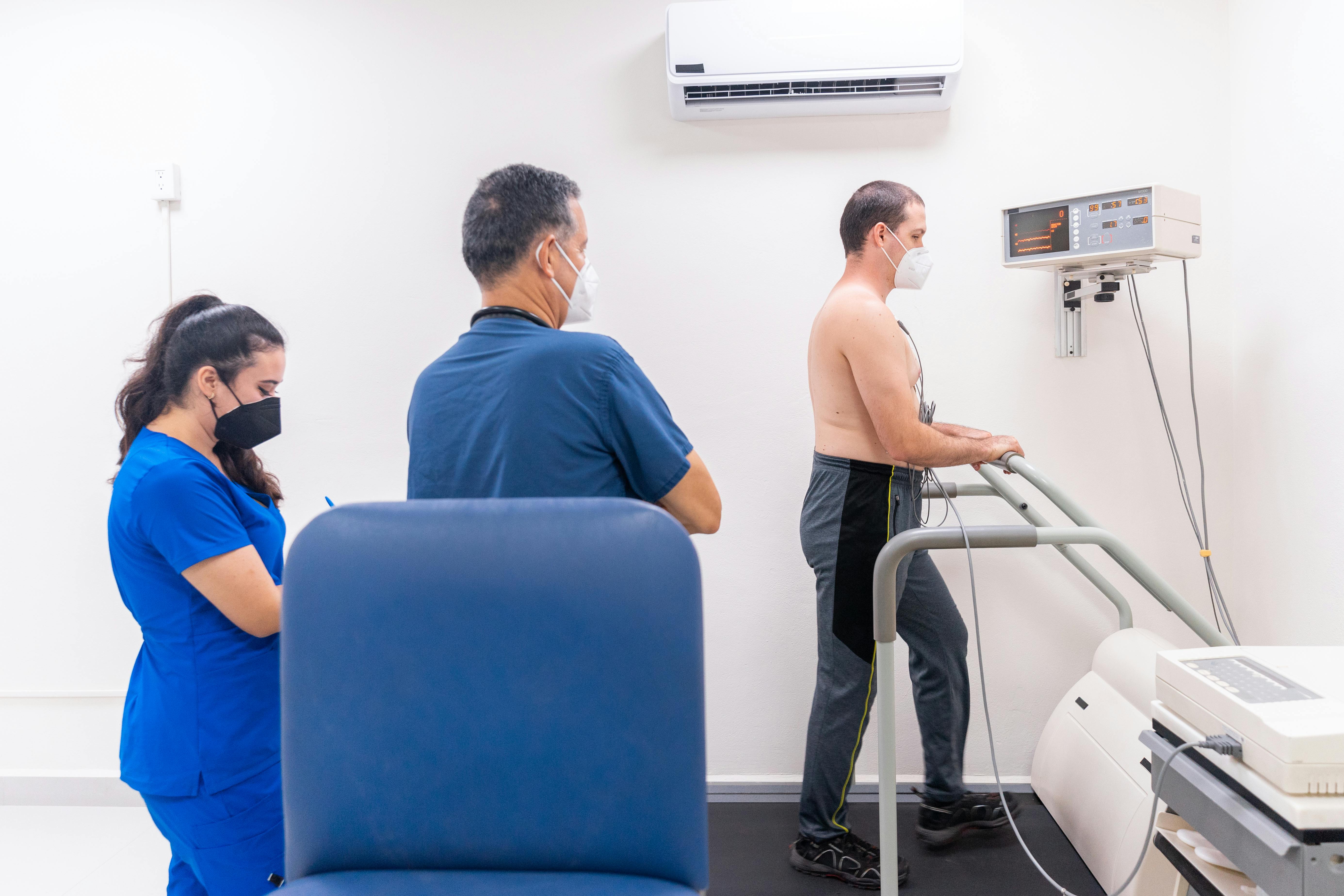Making Sense of Cardiomyopathy and Ways To Prevent It
07 October 2024

AROUND the world, cardiovascular diseases (CVDs) continue to be the leading cause of death. This also applies locally, with the 2023 Causes of Death Malaysia report revealing that ischaemic heart diseases accounted for 20,322 deaths in 2022, the equivalent of 16.1 per cent of all medically certified fatalities.
While ischaemic heart diseases are commonly recognised, other significant heart conditions, like cardiomyopathy, are less prominent, but no less important.
UNDERSTANDING CARDIOMYOPATHY
Cardiomyopathy is a disease that affects the heart muscle (myocardium), causing it to become structurally or functionally abnormal, making the task of pumping blood to the rest of the body more difficult.
Subsequent issues include stiffening, enlarging or thickening of the heart, with the muscle being replaced by scar tissues or fat tissues.
If left untreated, this may lead to heart failure or abnormal heart rhythms, which may result in sudden death.
 According to Sunway Medical Centre, Sunway City consultant cardiologist Dr Mohd Kamal Mohd Arshad, there are several phenotypes of cardiomyopathy.
According to Sunway Medical Centre, Sunway City consultant cardiologist Dr Mohd Kamal Mohd Arshad, there are several phenotypes of cardiomyopathy.
"Dilated cardiomyopathy (DCM) is the most common form, where the left ventricle, one of the heart's main pumping chambers, becomes dilated and weakened.
"Next is hypertrophic cardiomyopathy (HCM), in which the heart muscle thickens without dilation, leading to stiffness in the heart," he said.
He added that another type, arrhythmogenic right ventricular cardiomyopathy (ARVC), affects the right ventricle of the heart, where the muscle is replaced by scars or fatty tissues.
The rarest form, restrictive cardiomyopathy (RCM), can be characterised by a rigid heart muscle due to scars or abnormal tissue replacement.
Finally, non-dilated ventricular cardiomyopathy (NDLVC) is a newer presentation of the affliction which can be identified via scarring or fat replacement in the left ventricle muscle without the dilation.
RISK FACTORS OF CARDIOMYOPATHY
There are various factors that may cause cardiomyopathy.
Genetic factors and familiar inheritance are significant causes of HCM and ARVC, while prolonged high heart rates (tachycardia), inflamed heart muscles (myocarditis) due to infection, alcohol consumption, and diseases such as diabetes mellitus can also lead to the development of cardiomyopathy.
Equally as important, risk factors will depend on the type of cardiomyopathy. These can include age, family history, diabetes and excessive alcohol intake. Cancer patients undergoing chemotherapy are also at risk.
"There are several misconceptions about the issue. One common belief is that it only affects older adults, but the condition can develop at any age.
"Another misconception is that genetic forms of cardiomyopathy cannot be treated. However, early diagnosis and management may significantly impact the outcome and progression of the disease," said Dr Mohd Kamal.
IDENTIFYING CARDIOMYOPATHY
Recognising the symptoms of such diseases is essential for effective management. Common symptoms come in the form of shortness of breath, fatigue, swelling in the ankles, dizziness, fainting, palpitations and in some cases, chest pain.
Such signs may indicate that the heart is not functioning to its full capacity, although these may overlap with other underlying heart conditions, making diagnosis challenging.
However, spotting the signs early is vital to improving outcomes, as it will allow for more effective treatment and medication.
"For those with a family history of cardiomyopathy, understanding the risks and going for early screenings can be highly beneficial," said Dr Mohd Kamal.
There are several steps to diagnosing cardiomyopathy. The aim is to identify the cardiomyopathy itself, then determine its phenotype, and if possible, discover the underlying cause.
A doctor will initially collect a detailed medical history alongside results from a physical examination. Methods such as an electrocardiogram (ECG), chest X-ray, and echocardiogram or heart ultrasound will be used to determine things such as the heart's electrical activity, heart size and heart structure.
Other tests may include blood sampling, cardiac MRIs, Holter monitoring, and genetic testing. These will be dependent on the suspected type of cardiomyopathy.
Often, the screening of close relatives will be recommended for those who have been diagnosed with inherited cardiomyopathy.
TREATMENT METHODS
Treatment for cardiomyopathy varies based on the type and severity, with the primary goal being symptomatic treatment to prevent further complications.
Steps that can be taken include lifestyle changes, such as reducing the intake of sugar and salt. Quitting alcoholic drinking and smoking is also advised while maintaining a healthy weight, lowering stress and staying active are essential. However, excessive exercise may worsen conditions such as hypertrophic cardiomyopathy.
According to Dr Mohd Kamal, prescribed medication will also be based on the condition's type and severity, and in some cases, device-based treatments may be prescribed, such as implantable cardioverter defibrillators (ICDs), cardiac resynchronisation therapy (CRT) or left ventricular assist devices (LVADs).
For severe cases, a heart transplant may become an option.
EARLY DIAGNOSIS AND TREATMENT
Left unaddressed, cardiomyopathy can lead to even more severe complications such as heart failure, arrhythmias (uneven heartbeats), heart valve issues, stroke or sudden death.
Addressing this, Dr Mohd Kamal urged for anyone with symptoms to seek medical attention immediately, and even for those without symptoms to get screened to avoid future complications.
"Regular consultations with a cardiologist, adherence to prescribed treatments and lifestyle modifications are essential for managing the condition.
"Avoid smoking and alcohol, maintain a healthy weight, and manage your stress. These can all contribute to managing the condition better and improve your quality of life considerably," he said.
Source: New Straits Times
后退






